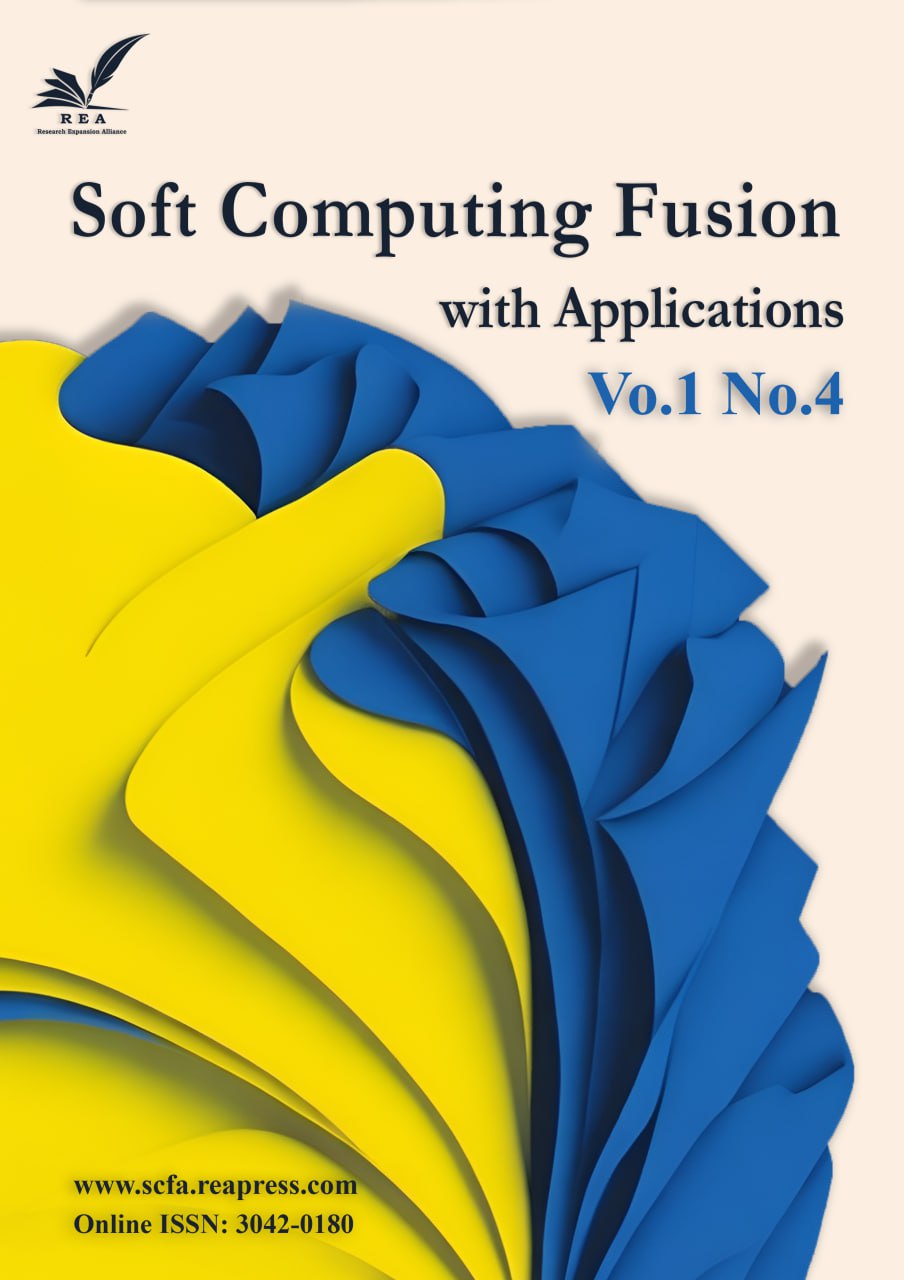Bridging AI and Cryptography for Robust Security
Abstract
Cryptography is under mounting pressure from computational requirements, advanced attacks (Notably Artificial Intelligence (AI)-based Side-Channel Analysis (SCA)), and the looming threat of quantum computing to today's standards, such as Rivest–Shamir–Adleman (RSA)/Elliptic Curve Cryptography (ECC). AI has a double-edged potential: It provides potent tools for improving cryptographic design (e.g., S-Box optimization), protocol optimization (e.g., Quantum Key Distribution (QKD)), and security analysis automation, while at the same time empowering intense cryptanalysis. Most importantly, securing AI systems themselves is now a priority, quite frequently requiring cryptographic answers like Homomorphic Encryption (HE) and Federated Learning (FL). This paper thoroughly examines the multi-aspect intersection of AI and cryptography. We discuss using various AI methods (Machine Learning (ML), Deep Learning (DL), Evolutionary Algorithms (EAs)) for such constructive and analytical purposes. In addition, we analyze the intensifying threat landscape where AI acts as both threat actors (e.g., advanced malware creation, exploitation of vulnerabilities) and as defenders, taking into account the impact of changing regulatory regimes. Emphasizing recent research directions pointing to expansion in areas such as HE and quantum-based cryptography, we underscore the vital significance and inherent difficulty of protecting AI systems, solving model resilience, formal verification challenges, explainability requirements (XAI), and implementing secure development methodologies (SecMLOps). Future research directions need to focus on the creation of AI-resilient cryptographic protocols, quantum-conscious AI security policies, and the general development of reliable AI integration into security-critical applications.
Keywords:
Artificial intelligence, Cryptography, Cybersecurity, Post-quantum cryptography, Artificial intelligence security, Cryptanalysis, Privacy-enhancing technologiesReferences
- [1] VERMA, S. (2024). Securing the future: Mitigating data security concerns in artificial intelligence models. Information systems audit and control association journal, 1, 23–26. https://B2n.ir/pz3346
- [2] Zugec, M. (2024). 2024 cybersecurity predictions for AI: A technical deep dive. https://B2n.ir/hs7319
- [3] Amor, G. B. (2024). The intersection of AI development and security in 2024. https://aijourn.com/the-intersection-of-ai-development-and-security-in-2024/
- [4] Hu, Y., Kuang, W., Qin, Z., Li, K., Zhang, J., Gao, Y., ... & Li, K. (2021). Artificial intelligence security: Threats and countermeasures. Association for computing machinery computing surveys (CSUR), 55(1), 1-36. https://doi.org/10.1145/3487890
- [5] Texploration & Strategic Patenting. (2024). Innovations in cryptography and security using AI. https://texploration.blog/2024/07/22/innovations-in-cryptography-and-security-using-ai/
- [6] Kshetri, N., Rahman, M. M., Rana, M. M., Osama, O. F., & Hutson, J. (2024). algoTRIC: Symmetric and asymmetric encryption algorithms for cryptography-a comparative analysis in AI era. https://doi.org/10.48550/arXiv.2412.15237
- [7] Radanliev, P. (2024). Artificial intelligence and quantum cryptography. Journal of analytical science and technology, 15(1), 4. https://doi.org/10.1186/s40543-024-00416-6
- [8] Panoff, M., Yu, H., Shan, H., & Jin, Y. (2022). A review and comparison of AI-enhanced side channel analysis. Association for computing machinery journal on emerging technologies in computing systems (JETC), 18(3), 1–20. https://doi.org/10.1145/3517810
- [9] Chen, A. C. H. (2023). Post-quantum cryptography neural network. 2023 international conference on smart systems for applications in electrical sciences (ICSSES) (pp. 1–6). IEEE. https://doi.org/10.1109/ICSSES58299.2023.10201083
- [10] Walia, K., & Mahalingam, K. (2024). Leveraging artificial intelligence for enhancing security and privacy in modern computing systems. https://B2n.ir/pk7950
- [11] Siegmann, B. S. (2024). The 2024 year in review: Cybersecurity, AI, and privacy developments. https://B2n.ir/je8711
- [12] Meghna. (2024). Evolutionary journey of deep generative models: Insights from cypher 2024. https://B2n.ir/yh5888
- [13] Ishtaiwi, A., Al Khaldy, M. A., Al-Qerem, A., Aldweesh, A., & Almomani, A. (2024). Artificial intelligence in cryptographic evolution: Bridging the future of security. In Innovations in modern cryptography (pp. 31–54). IGI Global. https://doi.org/10.4018/979-8-3693-5330-1.ch002


